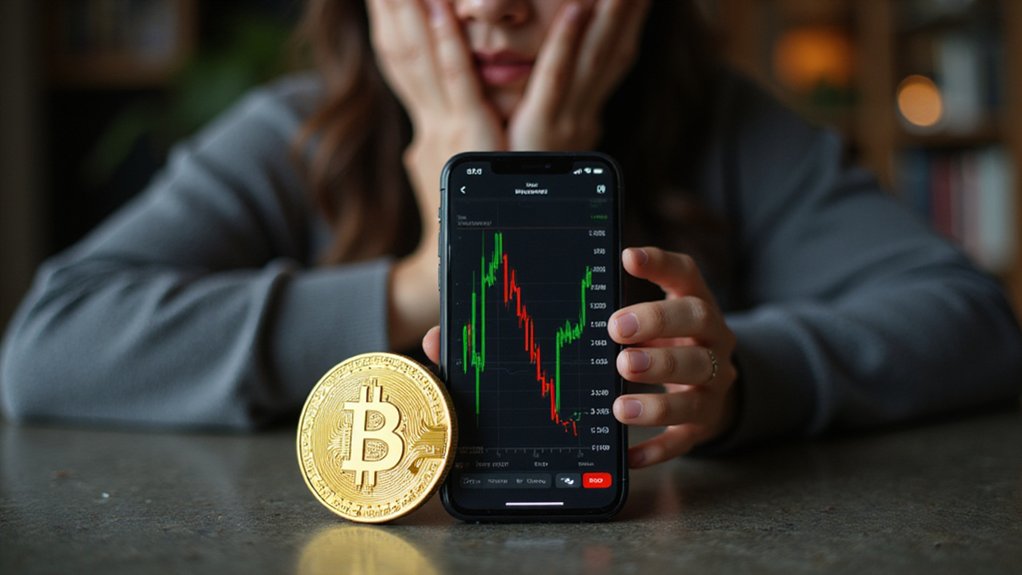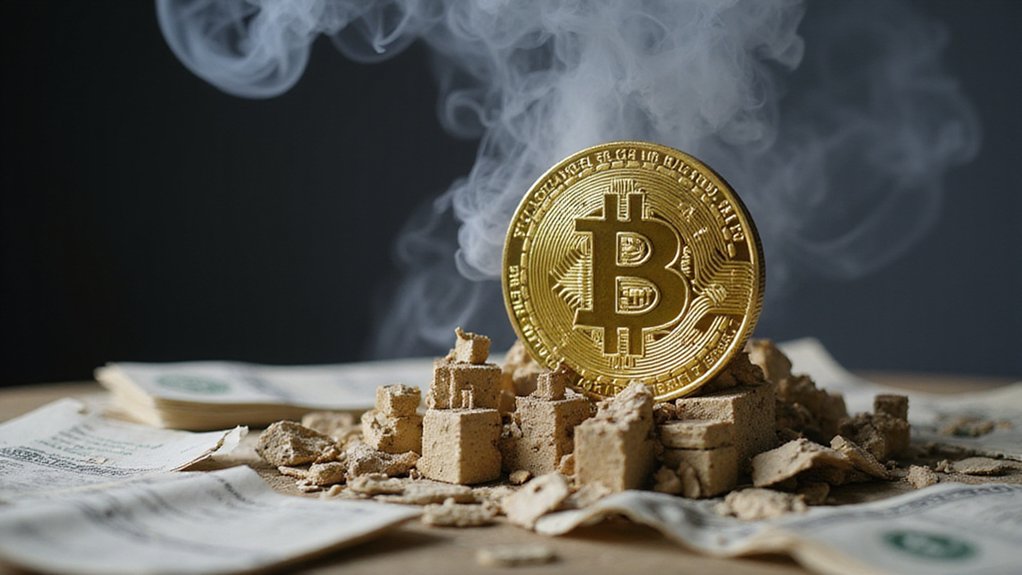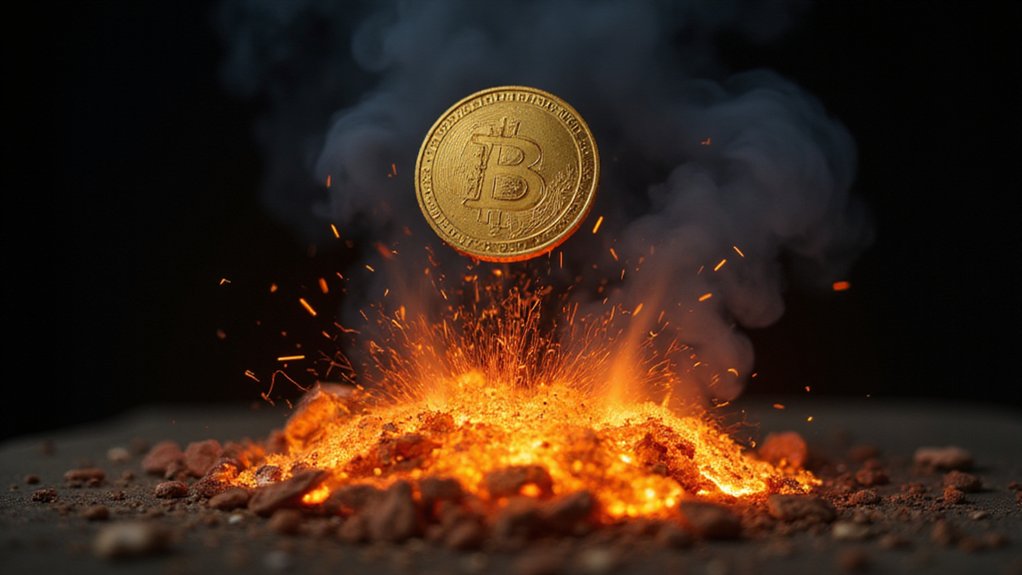In a financial ecosystem where double-digit price swings constitute an ordinary Tuesday, stablecoins emerge as the proverbial anchors in crypto’s tempestuous sea.
These specialized cryptocurrencies—designed to maintain a consistent value by pegging themselves to external assets like the dollar or gold—offer a curious contradiction: revolutionary technology deliberately engineered to be, well, boring.
Their market capitalization now exceeds $162 billion, suggesting that stability might be cryptocurrency’s most disruptive feature after all.
Unlike their volatile cousins (Bitcoin et al.), stablecoins employ various mechanisms to maintain price equilibrium.
Collateralized versions maintain reserves of fiat currencies or commodities—a reassuringly traditional approach for the brave new world of digital assets.
Algorithmic stablecoins, meanwhile, adjust their supply mathematically, an elegant solution that occasionally suffers catastrophic failures when market conditions refuse to follow the equations (a recurring theme in financial innovation).
These digital stability tokens serve multiple functions within the crypto ecosystem.
They offer traders refuge during market downturns without requiring conversion back to traditional banking systems—a convenience that shouldn’t be underestimated when one remembers the friction between traditional finance and crypto markets.
In decentralized finance applications, they function as the reliable medium of exchange that volatile assets simply cannot provide.
Investors increasingly value stablecoins as an essential portfolio diversification tool that provides a safety net during crypto market turbulence.
Yet challenges abound.
Regulatory bodies worldwide view stablecoins with a mixture of fascination and alarm, concerned about reserve adequacy and potential systemic risks.
The transparency of reserve holdings remains problematic for many issuers, while algorithmic models have demonstrated spectacular vulnerability during periods of extreme market stress.
Nevertheless, stablecoins continue gaining traction in financial transactions and DeFi applications.
Their growing adoption suggests that, perhaps, the most revolutionary aspect of blockchain technology isn’t speculative opportunity but rather its capacity to create stable, efficient payment systems outside traditional banking infrastructure.
In the volatile world of cryptocurrency, it appears the unexpected heroes might be the assets specifically designed not to make headlines.
Traditional merchants particularly benefit from stablecoins since they eliminate the risk of Bitcoin’s extreme volatility, which once saw it rise from under $5,000 to over $63,000 in just over a year.
Stablecoins also enable payment without intermediaries while maintaining the price stability necessary for everyday commercial transactions.









